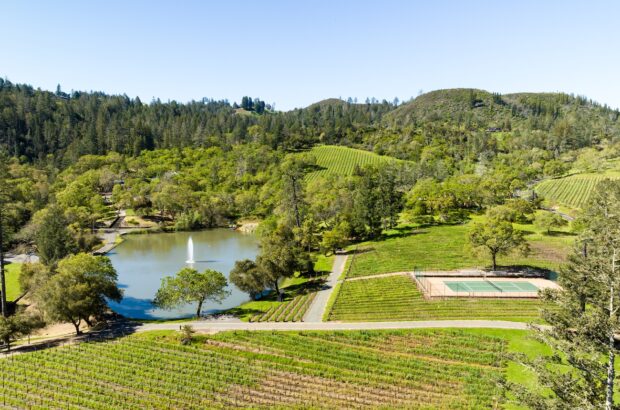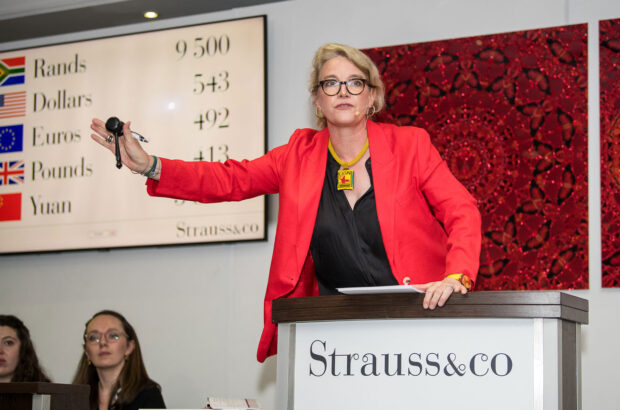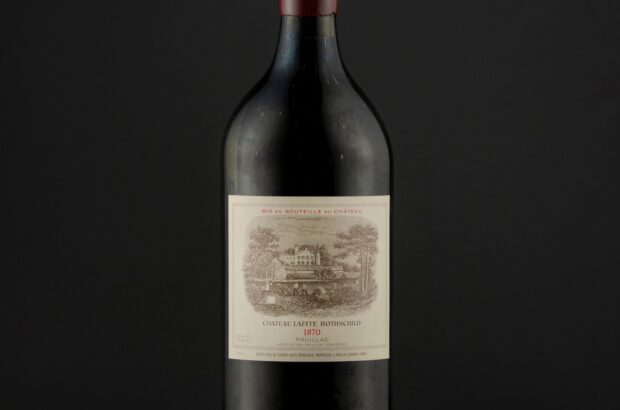Where is it?
The Balkans or the Balkan Peninsula refers to the region that stretches from the Adriatic Sea to the Black Sea, with the Mediterranean and Aegean seas to the south. Its northern boundary is usually defined by the Danube and Sava rivers, and it’s named after the Balkan Mountains in central Bulgaria. The name was first used in the early 19th century, and it remains somewhat controversial so some of the countries here prefer ‘southeast Europe’.
The geopolitical Balkan region is usually considered to comprise Albania, Bosnia and Herzegovina, Bulgaria, Croatia, Greece, Montenegro, North Macedonia, Romania, Serbia, Slovenia and Turkey. The self-declared republic of Kosovo should also be mentioned, now recognised as a country by 117 other nations.
The region is a fascinating meeting place of cultures, with Orthodox, Catholic and Islamic influences overlapping. It’s also a region with amazing history, important archaeological sites and fantastic wildlife.
What is its wine history?

Vineyards on Hvar Island, Croatia. Credit: John Elk III / Alamy Stock Photo
Wine has been present in the region for a very long time and it may even be where wine first arrived in Europe. There are traces of harvesting grapes as early as Neolithic times (dated to between 6000-5650 BC / BCE), so it’s not hard to make the leap to wine, even though evidence of winemaking has not yet been uncovered.
Various cultures across the region including the Varna, Vinča and Cucuteni-Trypillian all seemed to grow grapes. The earliest specific wine evidence may date to Thracian times according to written records from Greek and Egyptian poets and historians.
It appears wine was more than just a drink, and had an important ceremonial role, as shown by the ornate Thracian drinking vessels that have been uncovered in Bulgaria. This connection with wine is so strong that Romania, Serbia and Bulgaria all claim to be the birthplace of the mythical wine god Dionysus in ancient Thrace.
Evidence of highly-regarded winemaking continued into the Roman period and beyond. Later, much of this region came under rule by the Ottoman Empire, when winemaking was largely suppressed, but survived in monasteries for Christian rituals.
There was a new era towards the end of the 19th century when winemaking developed strongly across the region and many international grape varieties arrived. As in the rest of Europe, the arrival of the phylloxera louse caused widespread devastation in the late 19th century, and many local varieties were lost to cultivation.
What grapes does the region grow?
Depending on the exact definition, the Balkans may cover as much as 666,700km² making it bigger than the Iberian Peninsula. That means it is incredibly diverse and as a result, the region grows a wealth of indigenous, and often unique, varieties. Each country has its own particularly important local grapes, some of which are potential flagships.
Some of the most important include Kallmet, Shesh i Zi and Shesh i Bardhë in Albania while Mavrud, Rubin, various Melniks, Gamza and Dimiat lead the way in Bulgaria.
In Croatia, Graševina is the leading grape (and may have its homeland here), joined by Malvazija Istarska, Plavac Mali, Teran, Babić and Pošip to name but a few.
The inky dark Vranac or Vranec is the superstar in Montenegro and North Macedonia, but it also appears that Kratošija (aka Primitivo/Zinfandel) most likely originated here after all.
Romania has its unique Fetească Neagră, Fetească Albă and Fetească Regală plus Băbească Neagră, while Serbia has Prokupac, Grašac (a historic name for Graševina/Riesling Italico/Welschriesling being revived to rebuild its reputation) and recent arrivals on the scene like Probus and Morava.
Slovenia’s leading local white grape is Rebula, with Laški Rizling (aka Graševina/Welschriesling), Malvazija and Šipon (aka Furmint) important too; Refošk (aka Refosco) and Modra Frankinja lead the red front (the latter is the local name for Blaufränkisch which probably originated on today’s Slovenian territory).
Greece and Turkey have been widely covered elsewhere – but each has its own amazing diversity of unique grapes. It’s also fair to point out that international grapes have been present in most of the Balkans for over a century and can make incredibly good, global standard wines here (many winning Decanter World Wine Awards).
What’s the climate like?
The climate varies from Mediterranean to continental, and from cool alpine to very warm, with long sunshine hours. Mountains, rivers and seas moderate the climate, giving rise to a huge diversity of terroirs to grow grapes.
What are the styles of winemaking?

Wine Vision by Open Balkan. Credit: Stefan Jovanović
Winemaking has made enormous strides forward in recent decades, with the best wines now seriously impressive. Communism and socialism had an impact in the 20th century when there was widespread collectivisation of winemaking. But since independence, and especially over the last two decades, there has been a complete revolution, so modern winemaking with up-to-date equipment and know-how is pretty much universal.
Even more recently, winemakers have developed real confidence in the quality of their grapes and their land, so the best wines aren’t overwhelmed with high alcohol, extracted tannins and lots of oak, but offer balance and harmony allowing the grapes and the place to shine.
The region has also become a bit of a niche hotspot for the reinvention of more traditional approaches including orange/amber skin-contact styles, natural wines and pét-nat. Alternative vessels like clay amphorae, large neutral oak and even alternative woods like acacia, mulberry and ash are also finding a place.
Sparkling wines are increasingly good, most often made by the traditional method. White wines come in all styles from fresh, fruity and delicate, to complex, layered and long-lived. Rosé wines may be anything from almost red to trendy pale pink, depending on the grape. Reds range from refined and graceful to weighty and powerful, and there are even a few spots where sweet wines can be fantastic.
This is such a diverse region that a visit (or several) is the best way to get to know it, and you can be certain of a warm, hospitable welcome. One event to look out for in 2023 is the recently-launched Wine Vision by Open Balkan wine fair, which in 2022 brought together Serbia, North Macedonia and Albania to recognise their open border agreement, and to showcase the diversity and exciting quality of wines of this region.







